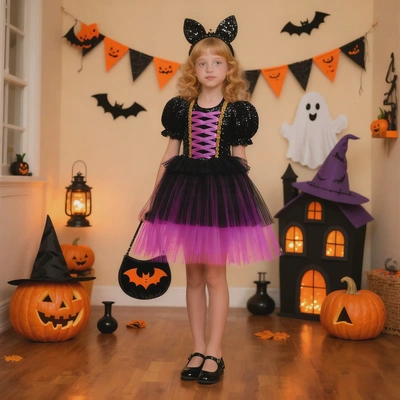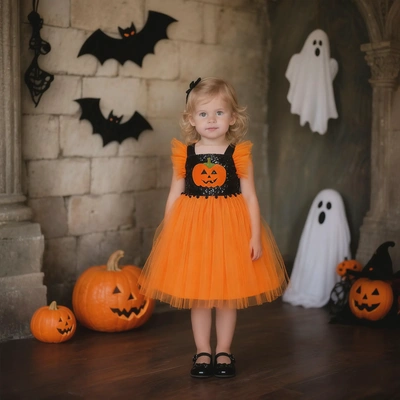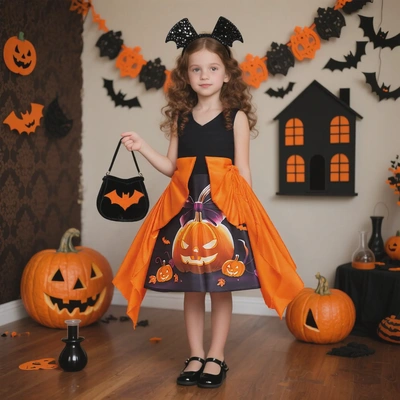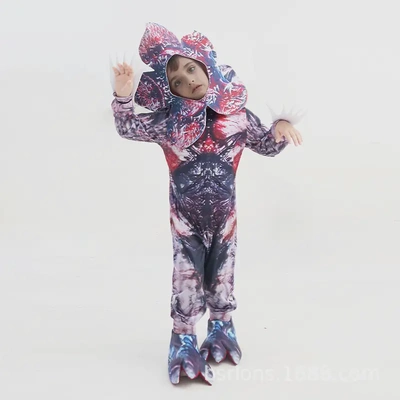Can an Ideal Anime Cosplay Costume for Japanese Fans Be Modified?
Introduction
The world of anime cosplay in Japan is vibrant, with cosplayers striving to create the most authentic and appealing representations of their favorite characters. A common question that arises is whether an ideal anime cosplay costume can be modified. This exploration will shed light on the nuances of costume modification within the Japanese cosplay community.
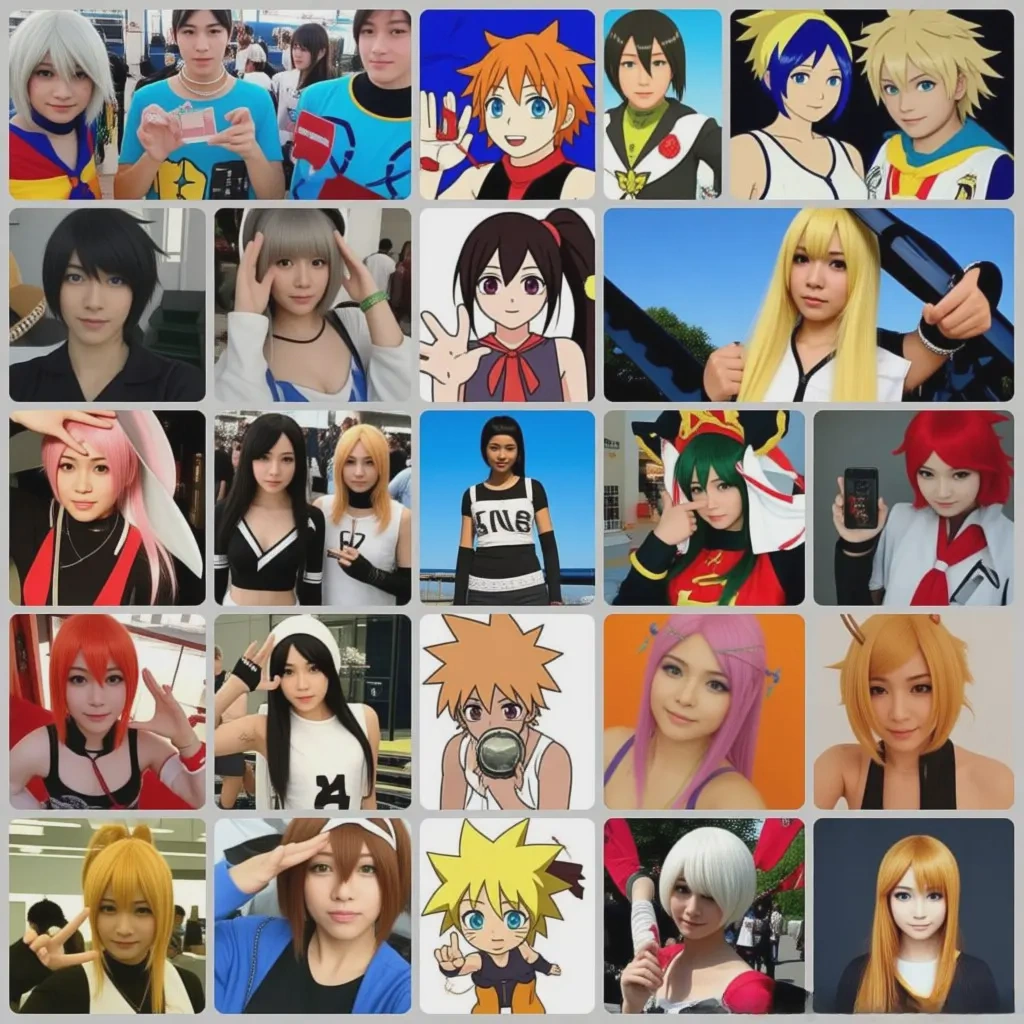
1. Acceptable Modifications
1.1 Fit - related Modifications
- Japanese cosplayers understand that comfort is key, especially during long cosplay events. Modifying a costume to improve its fit is highly acceptable. For example, if a pre - made kimono - style cosplay costume is too loose around the waist for a more petite cosplayer, taking it in a bit to achieve a snugger fit not only makes the cosplayer more comfortable but also enhances the overall look. This kind of modification ensures that the costume drapes correctly, just like it would on the anime character.
- Similarly, if the sleeves of a character's outfit are too tight, making them slightly wider to allow for better arm movement is a practical adjustment. Cosplayers often engage in activities like posing for photos, walking around convention halls, or even performing skits, so unrestricted movement is crucial.
1.2 Authenticity - enhancing Modifications
- Sometimes, the materials available for creating a cosplay costume may not perfectly match the original anime design. In such cases, modifications to enhance authenticity are encouraged. For instance, if the fabric for a character's cloak in the anime has a unique texture that is hard to find, a cosplayer might experiment with adding special finishes to the fabric they have. This could involve using fabric paints to create a more realistic sheen or applying a texture - enhancing spray to mimic the look of leather or other materials as closely as possible.
- Another aspect is the addition of small details. If the anime character has a very intricate but often overlooked design element, like a tiny symbol on the back of their belt, adding this detail through embroidery or a small decal can significantly boost the authenticity of the costume.
2. Unacceptable Modifications
2.1 Deviation from the Core Design
- The Japanese cosplay community places a high value on staying true to the original anime character design. Major changes that deviate from the core design are generally not well - received. For example, changing the color scheme of a character's entire outfit from the original bright and vivid colors to a completely different, muted palette would be considered a significant deviation. The color of a character's clothing is often an integral part of their identity, and altering it can change the perception of the character.
- Removing or replacing a signature accessory is also a no - no. A character known for their unique sword or magical staff cannot be cosplayed without it. Even if the original accessory is difficult to obtain or create, finding a way to replicate it as closely as possible is the preferred approach rather than substituting it with something completely different.
2.2 Inconsistent with the Character's Aesthetic
- Cosplay is not just about wearing a costume; it's about embodying the character. Modifications that are inconsistent with the character's aesthetic are frowned upon. For example, adding overly modern or out - of - place elements to a historical - themed anime character's costume can disrupt the overall visual harmony. If a character is from a feudal - era - inspired anime, adding a neon - colored belt buckle or a contemporary - style backpack would clash with the character's intended look.
3. Community Perception
3.1 Competition and Judging
- In cosplay competitions in Japan, the evaluation often takes into account the accuracy of the costume to the original design. While minor modifications for fit and authenticity might earn a cosplayer points for their resourcefulness, major deviations can lead to lower scores. Judges in these competitions are usually well - versed in the anime source material and expect cosplayers to demonstrate a deep understanding of the character through their costume.
3.2 Peer Interaction
- Among fellow cosplayers, the perception of costume modification also plays a role in social interactions. Cosplayers who make tasteful and well - thought - out modifications are often respected for their creativity and attention to detail. On the other hand, those who make radical and unsubstantiated changes may face criticism or be seen as less dedicated to the art of cosplay.
FAQ
Q: What if I can't find the exact materials for a costume?
A: If you can't find the exact materials, it's acceptable to make modifications to approximate the look. You can experiment with different fabrics, add special treatments, or combine materials to get as close as possible to the original. Just make sure the overall effect still conveys the essence of the character.
Q: Can I modify a costume to make it more unique?
A: Yes, but uniqueness should be achieved while maintaining the core elements of the character. You can add personal touches like a unique way of styling the hair or a small, in - character accessory, but these should enhance, not detract from, the original design.
Conclusion
While modification of an anime cosplay costume for Japanese fans is possible, it must be done with care and respect for the original source material. Acceptable modifications are those that improve fit, enhance authenticity, and remain consistent with the character's aesthetic. By adhering to these unwritten rules, cosplayers can create costumes that are both true to the anime and a reflection of their own creativity.

